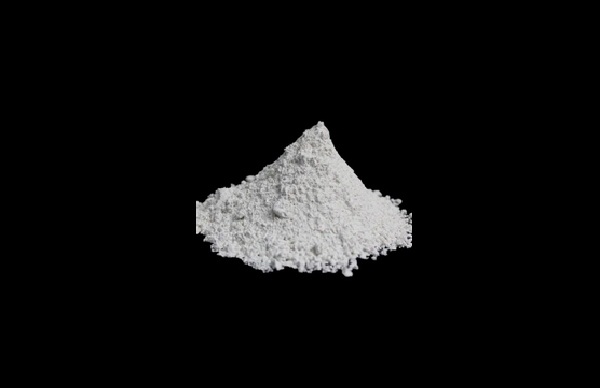
Activated calcium carbonate, also known as colloidal calcium carbonate, modified calcium carbonate, or surface-treated calcium carbonate, is marketed in Japan under the trade name “Hakuyanhua.” Its core production principle involves modifying the surface of ordinary calcium carbonate, such as heavy calcium carbonate (heavy calcium carbonate) or light calcium carbonate (light calcium carbonate), using a surface modifier to create a functional powder with specialized properties.
Early activated calcium carbonate production primarily used light calcium carbonate as the base material. However, light calcium carbonate presents complex production processes, high costs, and environmental pollution during the production process. To address cost constraints and environmental concerns, heavy calcium carbonate is now widely used in the industry as the core base material for activated calcium carbonate production, replacing light calcium carbonate.
The core difference between activated calcium carbonate and inactivated calcium carbonate (ordinary calcium carbonate)
The fundamental difference between the two stems from whether their surfaces have been organically modified. This distinction can be determined by the following six key dimensions:
1. Hydrophobicity
This is the most significant difference between the two: activated calcium carbonate is coated with an organic surfactant, forming a highly hydrophobic layer; inactivated calcium carbonate (ordinary calcium carbonate) has no surface modification and is hydrophilic.
2. Flowability
Activated calcium carbonate is coated with organic surfactant molecules with lower surface tension. The specific surface energy of the powder is significantly lower than that of inactivated calcium, significantly reducing the viscous resistance between particles and resulting in smooth, liquid-like flow.
3. Dispersion Differences
Flowability directly determines dispersibility: Active calcium exhibits excellent compatibility with base materials (such as plastics and coatings), resulting in strong particle penetration and high dispersion uniformity.
4. Particle Size Differences
Organic surfactants reduce the surface energy of calcium carbonate particles, weakening the cohesive forces between particles. Therefore, the particle size of active calcium is significantly smaller than that of inactive calcium.
5. Difference in Oil Absorption
Activated calcium particles are finer, resulting in a smaller interparticle void ratio. The modified particle surface is smoother and flatter, resulting in a lower oil absorption value (the amount of oil absorbed per unit mass of powder) than inactivated calcium. This difference in oil absorption directly impacts its performance in applications such as coatings and rubber (e.g., film-forming properties of coatings and processing fluidity of rubber).
6. Difference in Calcium Carbonate Content
Activated calcium requires the addition of 1.0% to 5.0% of an organic surfactant to prepare it. Therefore, its pure calcium carbonate content is 1% to 5% lower than that of inactivated calcium. Furthermore, smaller activated calcium particles (such as nano-sized activated calcium carbonate) require a higher amount of surfactant, resulting in a lower calcium carbonate content.
Experimental data confirms clear differences in the effects of different modifiers: coupling agents (particularly titanate coupling agents) demonstrate superior modification effectiveness over stearic acid and its salts. Specifically, the following are demonstrated:
Stearic acid modification only improves the hydrophobicity and basic dispersibility of calcium carbonate, but has limited reinforcing properties.
Coupling agents (titanates and aluminates) achieve strong compatibility between calcium carbonate and organic binders through chemical bonding, enhancing dispersibility and significantly improving the mechanical properties of composite materials. These agents are particularly suitable for applications requiring high performance in plastics, rubber, and high-end coatings.
